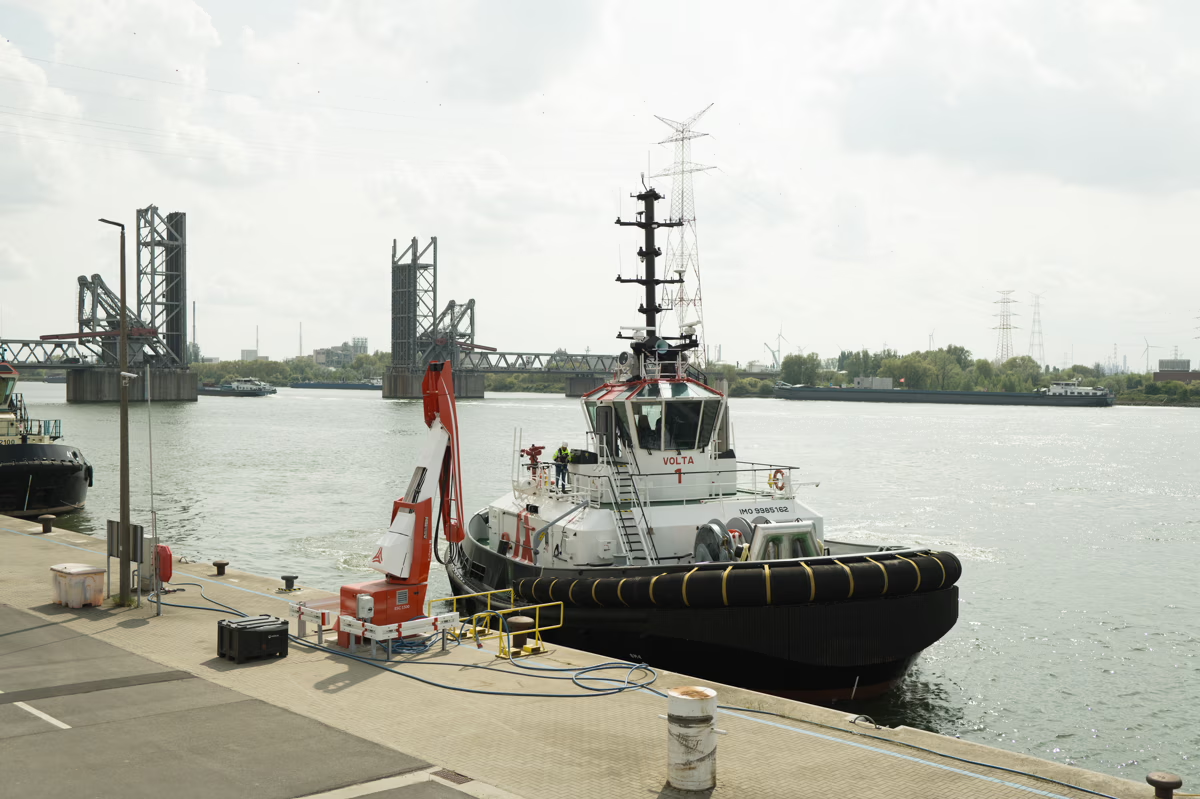Working at height within the transport and logistics industry is often difficult to avoid due to the nature of operations, facility infrastructure and heavy duty equipment, making it a leading cause of fatalities and injuries, TT Club highlighted.
According to TT Club’s brief “Working at height”, globally, there is no consistent regulation that outlines at which height a worker is considered to be at risk of serious injury should they fall. Therefore, simply complying with regulated safety provisions may not be enough to protect your workforce from potentially fatal accidents.
Establishing a safety culture that fully addresses the processes to be followed where working at height is necessary is of utmost importance in preventing accidents.
Cargo stowage
- Plan stowage in advance that reduces or avoids working at height
- Stow cargoes in a way that they may be safely unloaded at destination
- Single trip slings should be positioned so they are easily accessed at receiving facility
Infrastructure
- Consider the position of fixed equipment (eg. air conditioning units) to reduce the risk of falls
- Design the building and rainwater systems to reduce the maintenance burden and the need to access the roof
- Provide fixed walkways and guardrails for inspection and routine maintenance on cranes or large plant
- Consider long service life lighting, with the capability to lower the lighting heads for maintenance
Training & culture
- Establish and promote a strong safety culture to empower workforce to prioritise safe operations over all else
- Incorporate thorough safety design and planning into your operations
- Encourage reporting of near misses to promote a culture of prevention through learning from mistakes
- Ensure that you adapt all processes and procedures to your specific operation including suitable risk assessments, safe systems of work and permits to work – there is no one-size-fits-all approach.
Technology and operational aids
- Consider using equipment that can help remove the need to work at height:
- drones for equipment inspection or stocktaking
- automatic and semi-automatic twist-locks for container lashing
- fall prevention platforms
- Consider available technology and aids where working at height is necessary
- Fall arrest equipment
- PPE
TT Club advises:
- Conduct thorough risk assessments to remove the working at height risk at planning stage
- Where working at height cannot be avoided, ensure suitable access equipment or fall restraint systems are in place
- Develop a safe system of work from your risk assessment, which should also include a permit to work procedure
































































